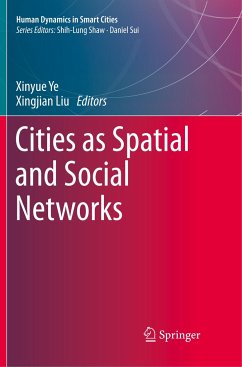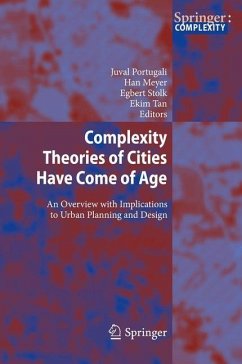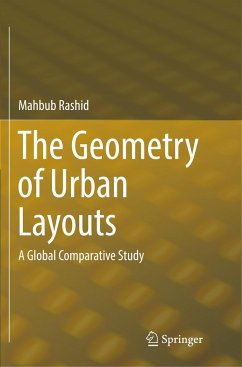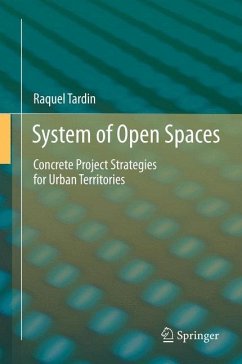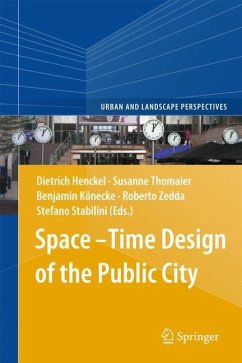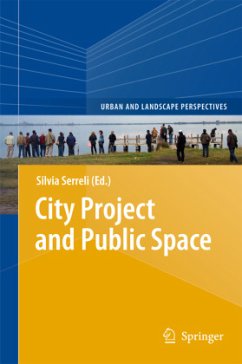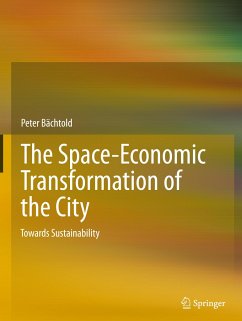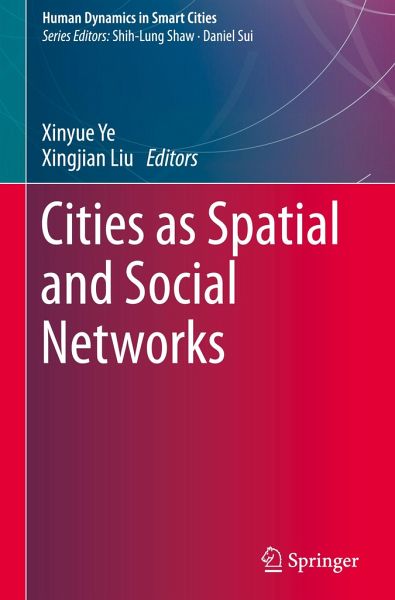
Cities as Spatial and Social Networks

PAYBACK Punkte
38 °P sammeln!
This book reports on the latest, cutting-edge scholarship on integrating social network and spatial analyses in the built environment. It sheds light on conceptualization and Implementation of such integration, integration for intra-city level analysis, as well as integration for inter-city level analysis. It explores the use of new data sources concerning human and urban dynamics and provides a discussion of how social network and spatial analyses could be synthesized for a more nuanced understanding of the built environment. As such this book will be a valuable resource for scholars focusing...
This book reports on the latest, cutting-edge scholarship on integrating social network and spatial analyses in the built environment. It sheds light on conceptualization and Implementation of such integration, integration for intra-city level analysis, as well as integration for inter-city level analysis. It explores the use of new data sources concerning human and urban dynamics and provides a discussion of how social network and spatial analyses could be synthesized for a more nuanced understanding of the built environment. As such this book will be a valuable resource for scholars focusing on city-related networks in a number of 'urban' disciplines, including but not limited to urban geography, urban informatics, urban planning, urban sociology, and urban studies.



